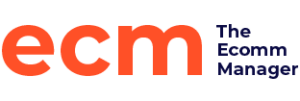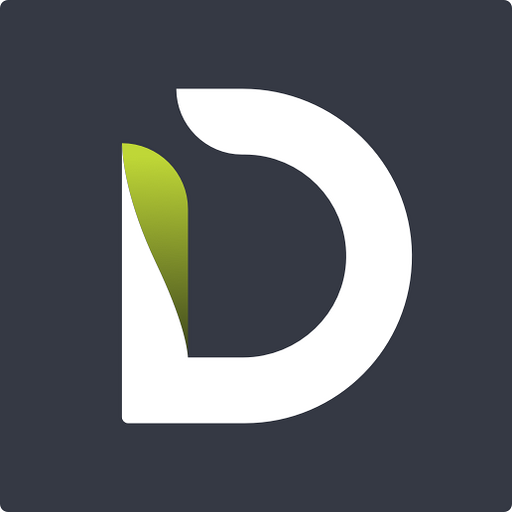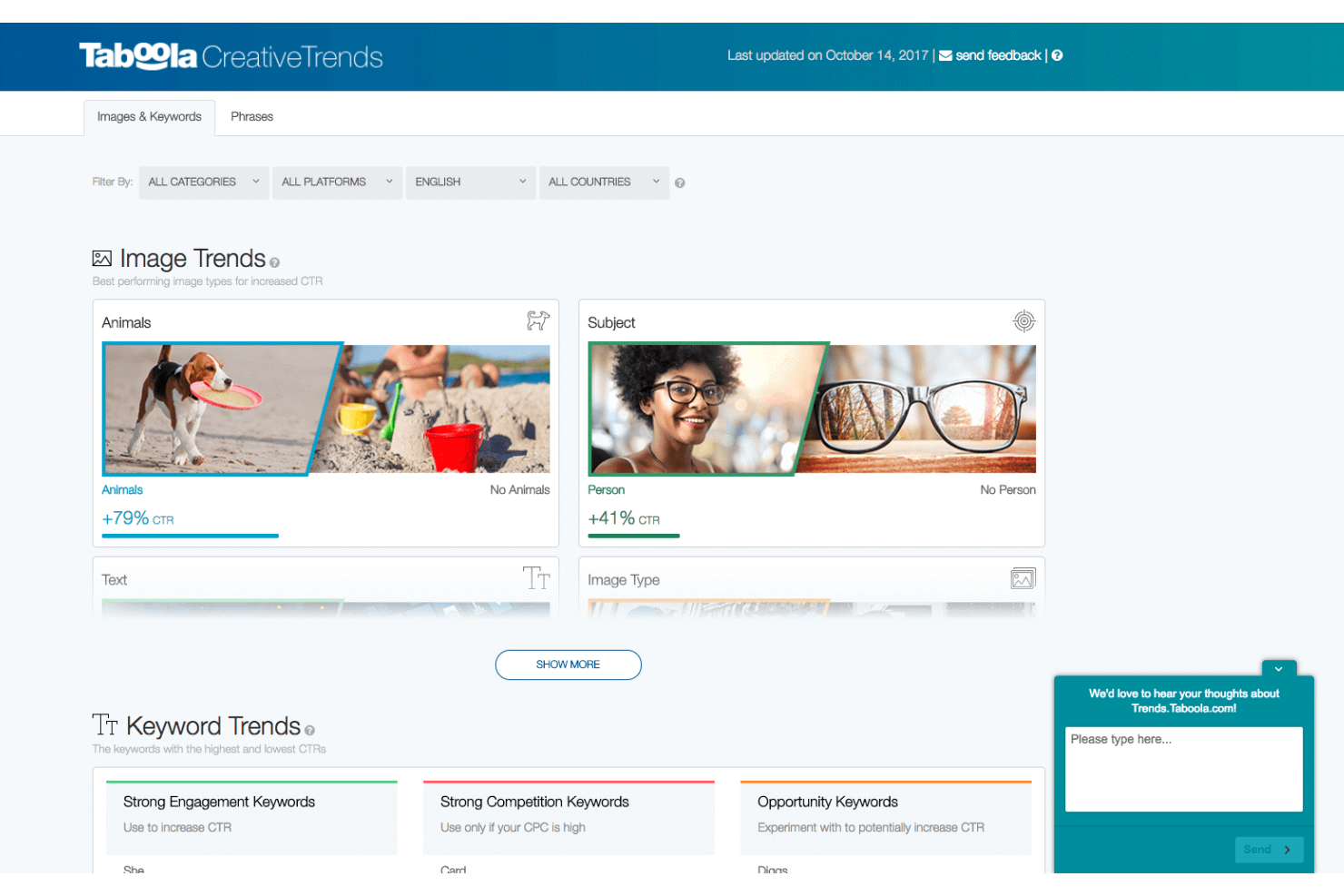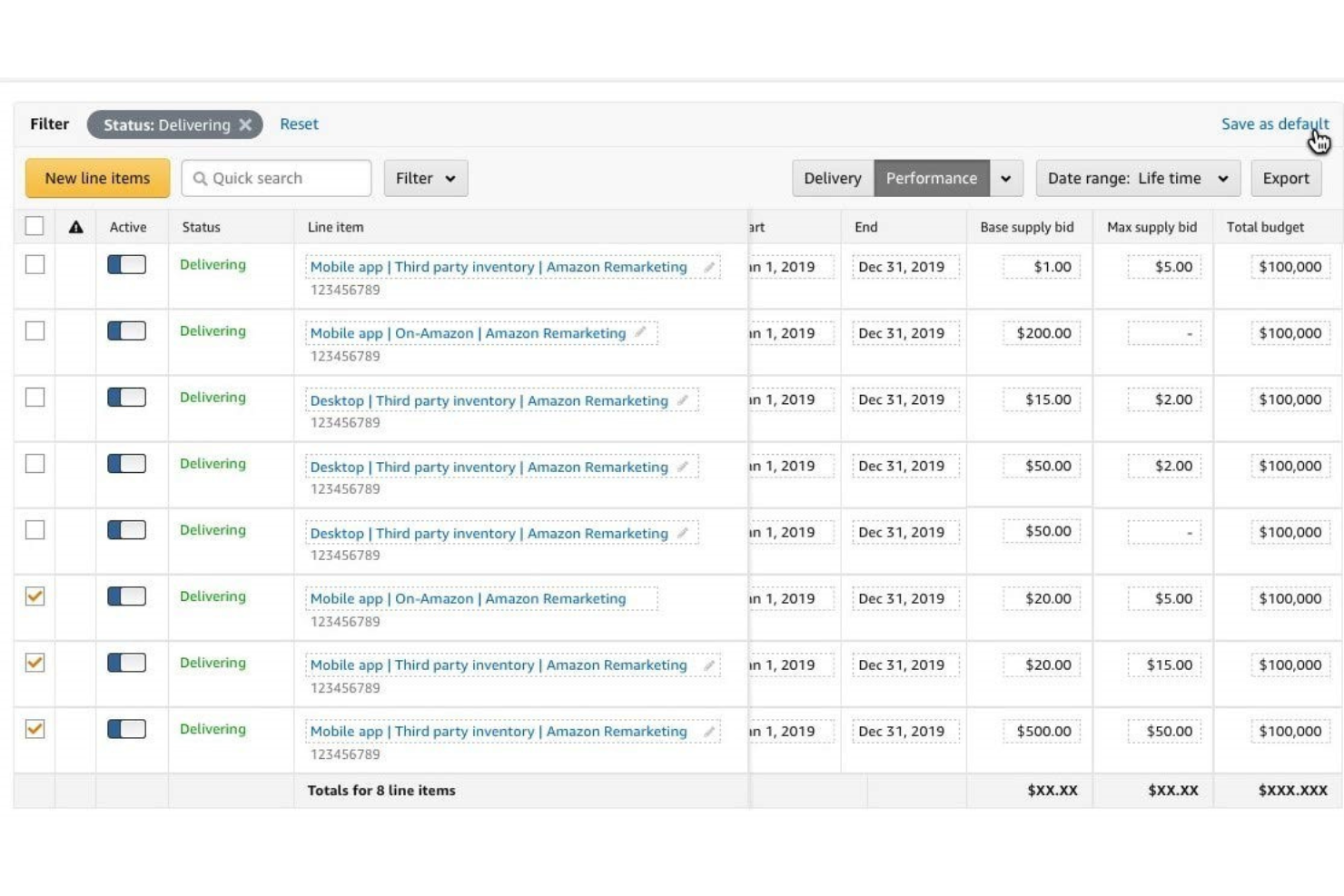10 Best Demand Side Platform Shortlist
Here's my pick of the 10 best software from the 19 tools reviewed.
With so many different demand side platforms, figuring out which is right for you is tough. You know you want something that enables advertisers and agencies to purchase ad impressions across a range of publisher sites, targeting specific user demographics through programmatic bidding—but now need to figure out which tool is best. I've got you! In this post, I'll help make your choice easy, sharing my personal experiences using dozens of different demand side tools, with my picks of the best demand side platforms overall.
What Is a Demand Side Platform?
A Demand Side Platform (DSP) is a digital tool that allows advertisers and agencies to automate the purchasing of online advertising. It provides a centralized platform to access multiple ad exchange and data exchange accounts, enabling users to buy advertising space efficiently.
The purpose is to facilitate the targeting of specific audiences using real-time bidding, optimizing ad spend based on performance metrics. They streamline the ad buying process, offering tools for campaign management, data analysis, and budget allocation.
Overviews Of The 10 Best Demand Side Platforms
Below you’ll find a summary of the best demand side platforms available, focusing on each’s unique features, their pros and cons, and screenshots to help you decide which is a better fit for your advertising needs.
StackAdapt uses machine learning processes to help brands plan ad buying campaigns to grow their business using multiple channels.
Why I picked StackAdapt: I chose to add StackAdapt to this list because of its ability to help your ecommerce business plan ad campaigns. It provides a creative studio that will help you test your campaigns before launching and get access to data-driven campaigns’ potential. StackAdapt’s ad previewer feature allows you to evaluate the performance of your marketing campaigns beforehand.
StackAdapt Standout Features and Integrations
Features include cross-channel ad formats to launch video, native, desktop, tablet, and mobile campaigns. StackAdapt provides campaign effectiveness measurement tools that use artificial intelligence-powered reports that you can schedule to deliver precise performance reports.
Integrations include connections with third-party systems that will help you add or expand advertising capabilities through popular platforms. These include AgencyAnalytics, Airbyte, Databox, HubSpot, Improvado, Measured, NinjaCat, Salesforce, Tray.io, Windsor.ai, and other software options.
Pros and cons
Pros:
- World-class support.
- Flexibility to execute various strategies.
- Easy to use and understand.
Cons:
- Reporting navigation can be complex.
- Creative management tool is clunky.
Demandbase helps B2B ecommerce brands find go-to-market opportunities earlier and create more intelligent marketing campaigns.
Why I picked Demandbase: If your business focuses on B2B sales, I added Demandbase to this list to help you develop go-to-market strategies to help you plan campaigns to engage with potential customers and convince them to buy your products. Demandbase helps you focus on account-based campaigns and build a unified account data foundation. You can use the platform to connect your first-party data with Demandbase’s third-party data and artificial intelligence to increase your pipeline and revenue.
Demandbase Standout Features and Integrations
Features include in-depth insights to help you identify where your teams need to close more sales by contacting decision-makers who are ready to buy. Demandbase also provides automation capabilities that handle your tedious account-based marketing tasks to help you save time and develop a more robust pipeline.
Integrations include connections with some of the top systems ecommerce businesses use to manage their operations. You can integrate Demandbase with applications such as Adobe Analytics, Domo, Google Analytics, HubSpot, Marketo, Microsoft Dynamics 365, Optimizely, Salesforce, Slack, Workato, and other software options.
Pros and cons
Pros:
- Monitors how long prospects look at content.
- Provides in-market account intelligence.
- Clean user interface.
Cons:
- Reporting can be more intuitive.
- Experiences glitches from time to time.
Criteo helps brands reach target audiences and increase impressions by providing dynamic retargeting capabilities.
Why I picked Criteo: The platform is among some of the top demand side platforms because of its dynamic retargeting features. Criteo’s AI Engine can monitor your customers’ engagement and uses its retargeting capabilities to power product recommendations in your advertisements. Criteo provides access to some of the best ad inventory on the market with thousands of top publishers that allow you to get better placements for your retargeting campaigns.
Criteo Standout Features and Integrations
Features include contextual advertising tools that leverage commerce and contextual data to enhance your campaigns. Criteo also offers retail media features that can reach and convert shoppers via relevant ads near your digital retailer and marketplace websites’ digital point of sale.
Integrations include connections with select third-party platforms that Criteo puts through an extensive review process to ensure best-in-class service to enhance your processes. These include Adjust, Blueshift, Census, Flowbox, Klaviyo, Leadsbridge, MightySignal, mParticle, Oracle Data Cloud, Shopify Plus, and other software options.
Pros and cons
Pros:
- Easy to use.
- Simple navigation.
- Clear performance reports.
Cons:
- Inconsistent performance.
- Support needs work.
Taboola provides native advertising capabilities that allow ecommerce businesses to build brand awareness by connecting with the right audience throughout all web platforms.
Why I picked Taboola: Through native advertisement tools from Taboola, you can publish content on some of the top websites across the internet. You can use Taboola to effectively target B2C or B2B audiences and operate separate campaigns if you target both of these audiences. The platform also offers comprehensive reporting tools that help you monitor real-time content performance across your web channels.
Taboola Standout Features and Integrations
Features include advanced predictive engines that process inputs from various sources to ensure your content matches the readers’ needs, meaning your ads will only reach target audiences. Taboola also allows audiences to rate and share your content on various social media platforms, allowing you to reach even more people.
Integrations include over 50 popular systems that help ecommerce businesses enhance workflows and automate processes. These connections include applications such as Brax, Desktop.com, Hevo, HubSpot CRM, Improvado, Retargetly, Sitejet, TapClicks, wecantrack, WordPress, and other software options.
Pros and cons
Pros:
- Precise KPIs.
- Simple campaign setup.
- Excellent customer support.
Cons:
- User interface is bulky.
- Approval system needs work.
Moloco uses brands’ first-party data to power performance-based advertising solutions that will help them acquire and re-engage high-value customers.
Why I picked Moloco: The platform uses performance-based advertising tools to help your brand get in front of the right audiences at the right time and attract potential customers most likely to convert. Moloco’s machine learning models will automate your entire campaign process, including budgeting, bidding, targeting, and developing creatives, allowing you to focus on business growth. You can use Moloco to maximize your performance-based campaigns at any budget to help you scale by leveraging the platform’s extensive infrastructure.
Moloco Standout Features and Integrations
Features include real-time insights and reporting to help you get an in-depth understanding of campaigns’ performance and enhance future marketing. Moloco also helps you monitor creative performance through A/B testing, production, and other beneficial capabilities.
Integrations include connections with various reporting tools, such as Adjust, App Annie, AppsFlyer, Appsumer, Bidalgo, Kochava, Singular, and Tenjin. Moloco also provides an API to help you create custom third-party integrations.
Pros and cons
Pros:
- Transparent onboarding process.
- Proactive support.
- Regular feature updates.
Cons:
- Needs more detailed targeting options.
- User interface can be more customizable.
Adform helps brands get the best possible return from their advertising by providing top-quality, healthy traffic from various environments.
Why I picked Adform: As many people know, healthy traffic is the best kind, so I wanted to add Adform to this list for this reason alone. Adform generates 100% healthy, viewable traffic that is bot-free and eliminates other ad fraud threats. When using Adform, you will get the best traffic from top countries such as the US, Spain, Denmark, Netherlands, Sweden, Poland, and other beneficial traffic regions.
Adform Standout Features and Integrations
Features include a broad advertising reach thanks to the tool’s integration with some of the largest traffic partners, ensuring you reach the best audiences globally. Adform allows you to generate reports in real-time and on-demand after choosing relevant performance criteria to make a report.
Integrations include connections with various systems to enhance productivity, such as Browsi, Channable, Data Virtuality, Lyftrondata, Onlymega, Publitas, ROIVENUE, Salesforce, Tray.io, Zuuvi, and other software options. Adform also has an API you can use to create custom integrations with your current applications.
Pros and cons
Pros:
- Excellent custom reporting capabilities.
- Friendly user interface.
- Regular updates.
Cons:
- Lacks optimization for smaller screens.
- Needs more tracking visualizations.
Amazon DSP helps ecommerce brands advertise on Amazon and other Amazon-owned sites.
Why I picked Amazon DSP: Amazon is one of the largest online retailers on the planet, so I wanted to add a way for you to be able to place your ads on this massive marketplace. Amazon DSP allows you to advertise your ecommerce products, no matter if you sell products on the Amazon marketplace or not. With Amazon DSP, you can get video and display ad templates you can customize to start developing your creatives.
Amazon DSP Standout Features and Integrations
Features include exclusive insights and shopping signals that will connect your brand with relevant audiences on and off the Amazon marketplace. The platform also provides performance reporting that allows you to effectively plan marketing strategies.
Integrations include an API to connect with other applications. It provides you with the ability to manage demand side advertising operations and connect with third-party systems through it.
Pros and cons
Pros:
- Unparalleled targeting capabilities.
- Extends ads beyond the Amazon ecosystem.
- Top-notch reporting and analytics tools.
Cons:
- Steep learning curve.
- Minimum spend requirements.
Google Marketing Platform Enterprise provides large ecommerce businesses with a unified advertising and analytics platform that allows them to develop smarter marketing campaigns and get better results.
Why I picked Google Marketing Platform Enterprise: You might already be using some of Google’s products within your ecommerce brand, so I put Google Marketing Platform Enterprise in this article for you to consider one more Google tool for your operations. When using the platform, you can use the built-in intelligence tool to automatically discover your best marketing insights, so you can achieve your goals as fast as possible. Google Marketing Platform Enterprise easily allows you to get an overview of your campaigns and find out what’s working so you can make the best data-driven decisions to improve performance and deliver quality experiences.
Google Marketing Platform Enterprise Standout Features and Integrations
Features include the Display and Video 360 tool that allows you to manage everything in your campaigns, from planning and creative development to campaign measurement and enhancement. The platform also provides the Search Ads 360 tool to help you optimize search engine marketing campaigns.
Integrations include connections with third-party systems that will allow you to pass critical data between applications to enhance campaigns. These integrations include tools such as Adjust, BlueShift, CallRail, CallTrackingMetrics, Google Analytics 360, Invoca, LoginRadius, mParticle, NinjaCat, Salesforce, and other software options.
Pros and cons
Pros:
- One-stop shop for digital marketing.
- Simple ad management interface.
- Allows simple access to marketing tools.
Cons:
- Steep learning curve.
- Very expensive.
The Trade Desk allows ecommerce merchants to reach audiences throughout their digital journeys via an extensive number of advertising channels.
Why I picked The Trade Desk: The platform works well with demand side platform experts and newbies that want to use any kind of ad channel to reach their audience. The Trade Desk allows you to use advertising channels such as connected TV, video, audio, digital out-of-home, mobile, display, and native ads. When using The Trade Desk, your online store will receive guaranteed, high-quality traffic at excellent volumes.
The Trade Desk Standout Features and Integrations
Features include reporting tools that allow you to analyze performance throughout the impression-to-conversion stages. You will also get planning tools that help you activate more data, collect audience insights, and focus your budget on the best media and strategies.
Integrations include connections with beneficial third-party systems such as Adjust, Blueshift, Hightouch, Live Ramp, mParticle, NinjaCat, Permutive, Salesforce, Tealium, Tray.io, and other software options. The Trade Desk also provides an API that allows you to create custom connections with your current toolset.
Pros and cons
Pros:
- User-friendly interface.
- Helpful customer support.
- Short learning curve.
Cons:
- Expensive fees.
- Reporting doesn’t go past 90 days.
Emerse provides machine learning and A/B testing capabilities to help ecommerce brands optimize their advertising campaigns when using their demand side platform.
Why I picked Emerse: Not only is it important to have high-performing campaigns, but understanding when to enhance and optimize your campaigns is also essential - which is where Emerse comes in. I added Emerse to the article because of its ability to optimize your ad content and help you focus on the best-performing creatives. Emerse can help you build the best ad creatives dynamically and use its reinforcement machine learning algorithm to automatically deliver your budget towards the best ad combo.
Emerse Standout Features and Integrations
Features include flexible tools that allow you to start and monitor advertising campaigns whenever you like through Emerse’s self-service platform. Emerse allows you to build your own dataset, or you can use the platform’s library of third-party sources to enhance your future campaigns.
Integrations include a small number of software connections that can help you increase your business operations and productivity. These connections are Aikido Security, EcommerceBlocks, and MessageMedia.
Pros and cons
Pros:
- Dynamic A/B testing.
- Provides detailed ad statistics.
- Simple reporting tools.
Cons:
- Lack of integrations.
- Needs more customization capabilities.
The Best Demand Side Platforms Summary
| Tools | Price | |
|---|---|---|
| StackAdapt | Pricing upon request | Website |
| DemandBase | Pricing upon request | Website |
| Criteo | From $1/click. | Website |
| Taboola | From $10/day. | Website |
| Moloco | Pricing upon request | Website |
| Adform | Pricing upon request | Website |
| Amazon DSP | $50,000 minimum advertising spend. | Website |
| Google Marketing Platform Enterprise | From $12,500/month. | Website |
| The Trade Desk | From 17% of ad spend. | Website |
| Emerse | Pricing upon request | Website |

Compare Software Specs Side by Side
Use our comparison chart to review and evaluate software specs side-by-side.
Compare SoftwareOther Options
The above list is fairly robust, and I believe that you’ll find some worthwhile demand side platform options. However, I decided to add some other options below for your consideration.
- Adobe Advertising Cloud
Best for TV advertisements
- Xandr
Best for reaching smart TV households
- AdButler
Best self-serve advertising marketplace.
- Brandzooka
Best self-service TV and digital ad buying platform.
- Platform.io
Best white label DSP.
- Genius Monkey
Best fully managed demand side platform.
- Connexity
Best for understanding ecommerce customers.
- Readpeak
Best for content-driven advertising.
- MediaMath
Best omnichannel demand side platform.
Selection Criteria for Demand Side Platforms
Here’s a short summary of the main selection and evaluation criteria I used to develop my list of the best demand side platforms for this article.
Core Functionality
These are the core functions any demand side platform must cover in order to be considered for placement on this list.
- Ability to bid in real-time to purchase ad impressions, allowing for efficient and instantaneous ad placement
- Ability to select and reach a specific group of individuals with relevant advertising messages based on their demographics, interests, behaviors, or other defining characteristics
Key Features
DSPs provide a variety of features and capabilities to advertisers, including:
- Audience Targeting: Advertisers can define their target audience based on various data points, including demographic information, browsing behavior, interests, and more.
- Real-Time Bidding: DSPs participate in ad exchanges where publishers make their ad inventory available for auction. The DSP algorithmically bids on ad impressions in real time, ensuring advertisers reach their target audience at the right time and price.
- Inventory Management: DSPs provide tools to manage and optimize ad campaigns across multiple publishers and channels. Advertisers can control their ad placements, set budgets, and monitor campaign performance.
- Data Management: DSPs often include data management capabilities to collect, organize, and analyze data from various sources. This data can be used to refine targeting strategies and optimize campaign performance.
- Reporting and Analytics: DSPs offer reporting and analytics features to provide insights into campaign performance, including impressions, clicks, conversions, and return on investment (ROI).
- Cross-Device Support: Consumers typically use multiple devices at various times throughout their day, making reaching them across all their devices with relevant ads that are tailored for each device essential.
By using a DSP, advertisers can streamline their ad buying process, reach their target audience more effectively, and optimize their campaigns based on real-time data and insights.
Usability
A significant factor of any DSP is its usability, but more specifically, the usability of the inventory it offers. Lacking access to the digital advertising inventory you need, including the amount and type of ads available, wouldn’t be helpful. So, I researched the best DSPs that are easy to use and provide simple access to the inventory that fits your needs.
Software Integrations
DSPs typically integrate with various ad exchanges and supply side platforms for advertising space. However, I wanted to add DSPs to this article that also integrates with other tools to increase their functionality and enhance your processes. These tools should integrate with systems such as data management and analytics platforms, payment gateways, and brand safety solutions that enhance your DSP’s risk management capabilities.
Customization
The key to running successful ad campaigns is a DSP with efficient and customizable tools and technology. I wanted to make sure that many of the tools in this article offer various targeting options that best fit your needs. They should also allow you to customize which ad format you’re using, such as display, mobile, programmatic audio, video, in-app, and many other choices.
People Also Ask
When searching for new demand side platforms, many people will have additional questions about these systems. Here are some of the most common questions people ask when examining new DSPs and detailed answers to help you.
What are the benefits of using a demand side platform?
There are many benefits you can experience when using demand side platforms, including:
- Efficient Ad Buying Workflows: DSPs can simplify your ad buying workflows by providing a place where you can quickly click a few buttons, and your media turns on.
- Lower Costs: DSPs can eliminate the traditional ad-buying process that can take a significant amount of time to complete, saving you time and money.
- Expanded Access: You can get access to a significant number of ad exchanges through a DSP through a single interface.
- Sophisticated Targeting: Traditionally, many ad networks will restrict some advertisers through their audience targeting features that limit the potential audience segments and advertisers’ reach, but DSPs provide you with the freedom to create your own ad targeting criteria.
What is demand side platform vs sell side platform?
Demand side platforms provide you with all the information required to buy advertising from various publishers. DSPs don’t own or buy media from publishers; instead, they communicate with a sell side platform through an ad exchange. Sell side platforms (SSP) are tools where publishers list their inventory on ad exchanges and communicate with DSPs regarding impression details. Together they optimize the digital advertising economy and simplify the ad bidding and ad inventory management processes.
How much do demand side platforms cost?
The final cost of demand side platforms varies depending on the features and services it provides. Typically, DSPs charge a percentage of your media spend or a flat service fee. Costs can also depend on the complexity of your campaigns, their frequency, and other critical factors.
You’ll see prices from $1/click, $10/day, 17% of ad spend, $12,500/month, minimum $50,000 ad spend. So as you can see, unlike other software services, the pricing rubrics aren’t standardized in any way that allows you to meaningfully develop a range from high cost to low cost. Instead, it will mostly depend on how many ads you need and how many clicks or conversions you receive.
Other Ecommerce Support Software Reviews
Here are other tool reviews for ecommerce support software that you can use alongside your new demand side platform.
- Best Ecommerce Tools
- Landing Page Builders
- Ecommerce Fraud Prevention Software
- Social Commerce Platforms
The Takeaway
Although I listed some very good choices here in this article, there are many more demand side platforms to consider. Every tool has its own benefits, and the best fit for you will depend on your goals and requirements. However, my list is a good place for you to start understanding the ins and outs of how DSPs operate and help you avoid disappointments and errors in the future.
If you’re in the decision process for ecommerce software to handle multiple functions in your online store, or you need more advice to enhance your operations, sign up for The Ecomm Manager Newsletter. As a subscriber, you’ll receive the information and advice you need to save your budget and increase operational productivity.
Related Read: An Expert’s Guide To Ecommerce PPC Management




















